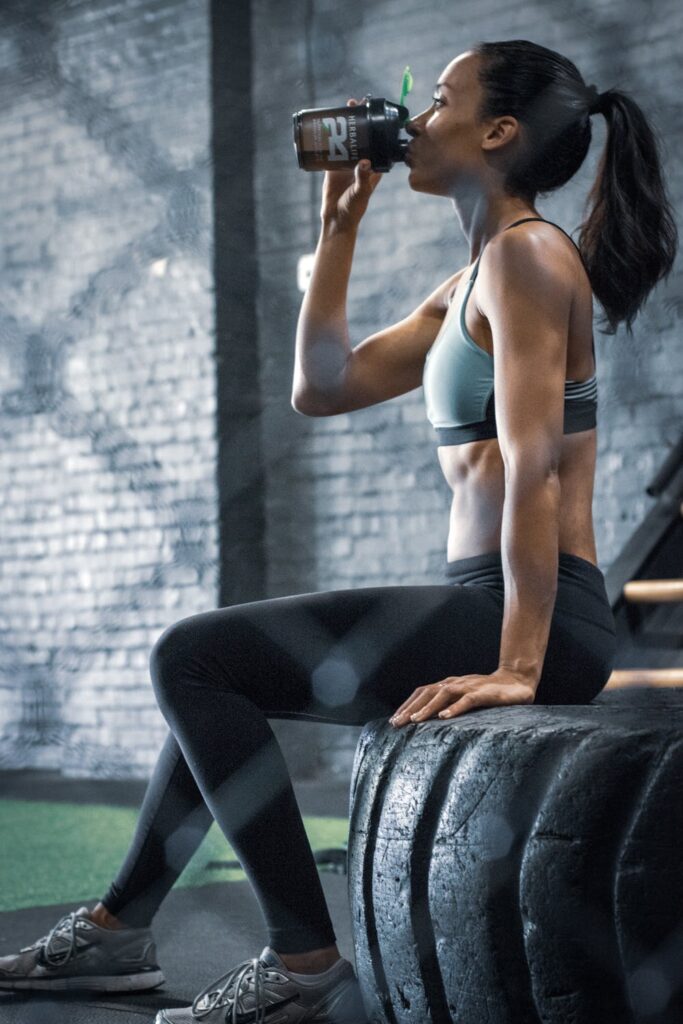Travel Tips From Your Gyno

What do you reach for when flying out of bed to workout? Favorite shirt? Leggings? Health strategies to improve your health when flying,.
1. Hydration. When you fly you will likely dehydrate. If you want to just purchase bottled water you are less likely to be in contact with local bacteria that may upset your stomach.
2. Aspirin Low dose aspirin is a good way to prevent blood clots, but this is medication and you need to discuss your medication in context with whatever else you take when you see your health care provider.
3. Support stockings. It’s especially smart to wear support stockings during long plane rides, long immobile days at work, and if you have to stand hours on hard concrete, but you can also wear them during work outs as and extra measure to prevent blood clots. Women flying always should wear some compression stockings, especially the compression on the ankles from these stockings helps not only reduce risk of blood clots, but it reduces the risk of ankle swelling. Wearing support hose is one strategy with virtually no side effects!
4.Adjust your thinking on oral contraceptives. For those who travel all the time, think about what your personal blood clot risk is and The risk of developing a blood clot that is serious is about 1-5 per 10,000 women; it rises to 3-12/10,000 if you are on a combination hormonal contraceptive, and the risk is between 5-20/10,000 women during pregnancy and that risk remains higher than normal in the post partum period of time. The vaginal ring as a contraceptive would approximately double the risk of a blood clot verses women on the lowest dosage of oral contraception. In that case we say that the vaginal ring approximately could cause one extra case in 10,000 per year. The biggest differences between oral contraceptive pills is in the type of progesterone. The studies on which progesterone pill type is safest haven’t always been conclusive, but the pills with the levonorgestrel seem to be the safest with respect to blood clots. If a woman has trauma or surgery this many increase her risk, whether or not she is on hormonal contraception, and it’s also important for health care providers to be able to separate out the impact of all your personal risk factors so we can understand how to best help you as an individual minimize their risks of blood clots, and the condition thromboembolism (a blood clot that travels to the lungs or elsewhere).
5. Exercise. Exercise is a great mental way to stay sharp, it fights jet lag, and helps prevent blood clots when you are traveling. Trouble is how to fit it in. You have to plan. Will there be a pool, will there be a gym, can you squish in a quick run before catching your plane? How about having your trainer design a 10 minute no equipment workout for you to do where ever you are staying.
6. Flight. Normally we run around with about 99-100% oxygen saturation in our blood. On an airplane we site around at 92-95% because the cabin pressures are to about 6000 feet. The most likely side effect of getting low in oxygen is to feel lightheaded. Rarely people will also get nauseated or even faint. If you have asthmaxc, or any lung disease it will be exaggerated. Be sure to talk to your health care provider about what they can do to help you with that.
In the long run normalizing weight, having a proper amount of exercise, not being a smoker, in addition to wearing support stockings all reduce your risk of having a blood clot. So to the extent that you have gained weight, you have elevated your personal risk of blood clots. Taking a low dose aspirin is also a strategy that is important for some women, but consult your gyno or primary care provider first, some women are put at risk.
